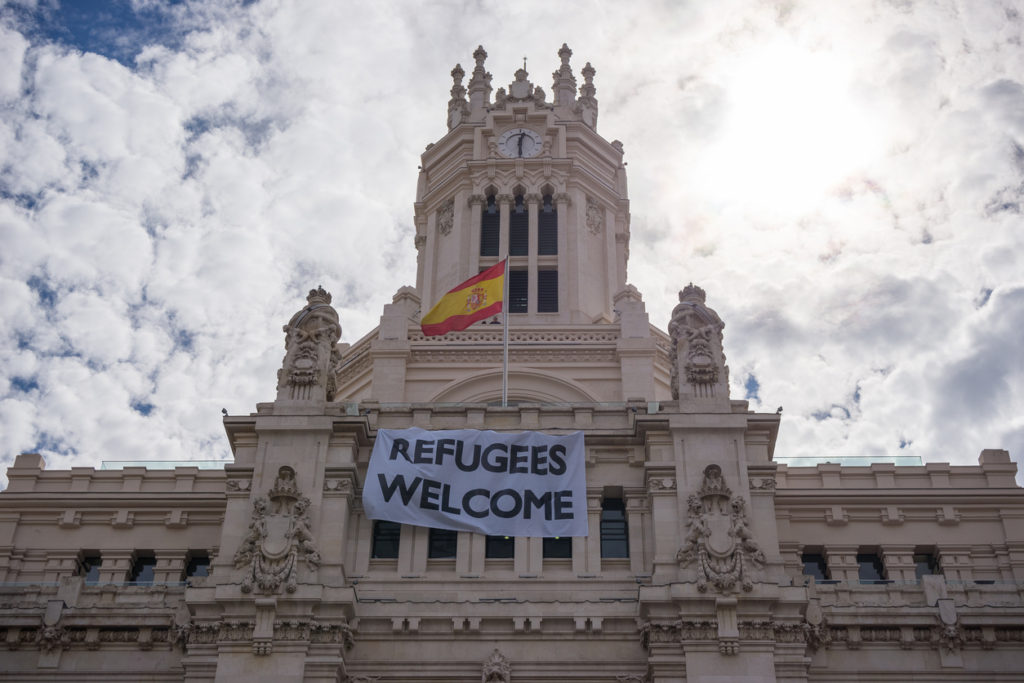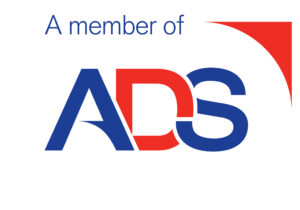Marc Simms is an occasional blogger for Proelium Law LLP. Marc holds a MLitt in Terrorism Studies and a Masters in International Relations, both from St Andrews. His particular interests are in emerging international security issues, unconventional warfare, and terrorism.
Recent figures from the United Nations Refugee Agency reveal that the number of migrants crossing into Spain via sea routes from North Africa has shown a 75% increase from last year. According to the UNHCR, this is placing significant stress on Spain’s migration services and agencies. In particular, the UNHCR is concerned that the country is unprepared to handle vulnerable groups such as victims of trafficking and unaccompanied minors.
Routes into Europe
The Libyan-Italian route continues to be the most popular entry method into Europe for African migrants, with 85,000 arriving since the start of this year, a 19% rise on figures from last year. Libya has proven to be a popular starting point for migrants from all over Africa to get into Europe, due to weak local governance and collusion by local militias in people smuggling. In addition, the ongoing violence of the Libyan civil war has seen Libyans themselves trying to flee the violence.
The Italian government has paid the Libyan Government of National Accord in hope of reducing numbers, but the GNA only controls a relatively small area of the country, mostly the area surrounding Tripoli (and is struggling to hold even portions of that). Still, it has made the journey via Libya less attractive to some, which in addition to the poor treatment African migrants receive in the country, may explain the recent surge in popularity with the Spanish alternative route.
Moroccan factors
Another possible reason for the increased numbers on the Spanish route is recent, ongoing unrest in the Rif region of Morocco. The unrest was triggered by the apparent murder of a fish seller by police, but has since become a larger movement, grounded in historical grievances that the local population has with the Moroccan government.
This is further complicated by the economic situation in Rif, which sees many people turning to cannabis production and has contributed to Morocco becoming one of the largest cannabis producers in the world. Because of this drug factor, it is also a very strong possibility that local smuggling syndicates are also now involved in people trafficking, using the same routes as they have for drugs in the past.
A humanitarian crisis in the making?
In addition to the questionable capacity of the Spanish government to handle the number of people now attempting to enter the country, the journey itself carries considerable risk. Almost 50 refugees are feared dead after their rubber dinghy sank in early July, with 3 survivors being rescued by the Spanish coast guard. As more migrants attempt the crossing, the likelihood is that more accidents and loss of life will occur.
“What is clear is that, they (Spain’s government) have to get ready. They can’t be caught unprepared. What started happening elsewhere in Europe in 2015 can’t be allowed to happen here,” spokeswoman for the UNHCR in Spain Maria Jesus Vega said.
Need advice?
If you’d like further information, or to discuss working with us, please get in touch






